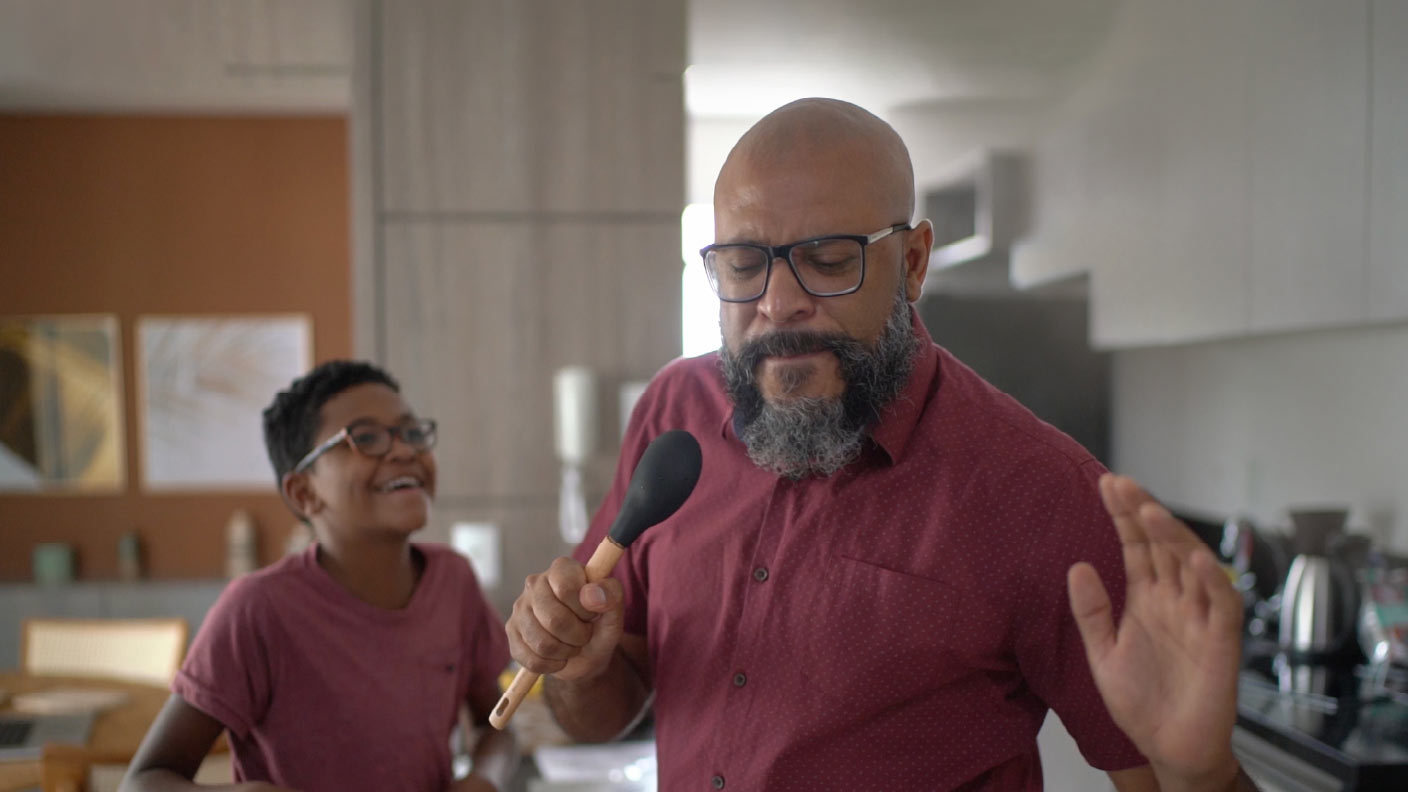What is a stopcock?
A stopcock is a tap or valve that controls the water supply from the mains water pipe into your home. It’s sometimes referred to as a stop tap or stop valve.
You may need to use your water stopcock:
- To stop leaks if a pipe bursts.
- When having plumbing work done.
- To turn off your water while on holiday, just in case.
There are usually two types of water stopcock: an internal stopcock, which can be used by anyone in the home, and an external stopcock used by mains water workers.
Where is my stopcock?
In most homes, the stopcock is located under the kitchen sink, but if a house has been renovated it can end up in some illogical places. If you’re struggling to find your home’s stopcock, try looking in the basement, a cupboard under the stairs, or even the bathroom, an airing cupboard, or the garage.
If you live in a flat, things are a bit different. If it’s not in your apartment, you might find the stopcock in communal areas like hallways or utility cupboards.
What does a stopcock look like?
In general, you’re looking for a tap head without the spout, between two lengths of pipe.
Stopcocks come in a few different setups, but they are functionally the same. The tap part of the stopcock will either be a wheel, a lever, a metallic two-or-four-pronged tap, or a plastic-looking switch.
How to turn off your stopcock
To turn off a stopcock tap or valve, you simply need to turn it clockwise a couple of times. Wait a few minutes and try to run a tap – if done correctly, there should be no running water.
Can’t get it to move? Because stopcocks aren’t constantly in use, they can seize up – when elbow grease alone won’t cut it, apply some WD40 and use a wrench to twist it.
Protecting your home from water damage
Knowing how to use your stopcock can help to prevent water damage in your home. If you’re worried about a leak, here’s what you can do:
Turn off the water supply
First, locate your stopcock and turn the tap or valve clockwise to turn off your water.
Establish where the leak is coming from
Next, establish where the leak is coming from. Remember, water always chooses the path of least resistance, which means a leak in one place doesn’t always mean that’s the source of it.
There are two types of leaks you may have:
- An internal leak, which include problems like leaky pipes, an unsealed bath, or a toilet leak.
- An external leak, such as rain getting in through your roof or windows.
If your leak continues with the water off, you may be able to determine that the leak is not coming from your water system.
Contact a plumber
Once you’ve turned off your water, call your plumber. If you can provide them with more information, all the better.
Shutting off your water first can help you to keep things under control and better determine the source of the leak.
Take out home insurance
While we all hope it won’t happen to us, sometimes leaks can cause significant damage. Home insurance can help to protect your contents and building from damage, should the worst happen.
Sainsbury’s Bank Home Insurance can help cover the cost of repairing or replacing fittings, furnishings and belongings if they’re damaged by leaks.
Contents insurance
With Sainsbury’s Bank Contents Insurance, you get some protection against accidental damage as standard. This includes damage caused by leaks.
Contents insurance covers your belongings, from your sofa to your appliances, and even your favourite pair of trousers.
Get extra protection for important devices and protect those things you treasure with optional extras to suit your lifestyle.
Buildings insurance
Your house is more than a home. With Sainsbury’s Bank Buildings Insurance, you could get help when accidents occur – whether that’s a leaky pipe, or electrical damage.
Buildings insurance cover means your home’s bones, from windows and doors to the roof and the walls, are covered in the event of damage. Accidental damage from leaks is also covered as standard with buildings insurance (please note, excesses will apply).
Frequently asked questions
Where is the stopcock in my house?
Your water stopcock valve or tap is usually located beneath the sink – however, sometimes it might be somewhere else, especially if your home has been renovated in the past. Try locations like your basement, airing cupboard, any utility closets under the stairs, or even your basement. If you live in a flat, then it may be in the communal hallway.
What if my stopcock is leaking?
If your stopcock is leaking it may need tightening – try to use a wrench to tighten the nut, but don’t overdo it. If the leak continues, you may need to replace the washer – a disc-shaped waterproof barrier.
Before you replace the washer, make sure you turn your water supply off. If you don’t feel confident, don’t hesitate to call a plumber.
Does a stopcock turn off all water?
Yes, by turning a stopcock clockwise, your home’s water supply will shut off. If you want to turn it back on, simply turn the stopcock anticlockwise.
Remember, you may need to wait a few minutes for the water to drain. If you want to confirm it’s worked, just check your taps.
More Guides
Check out more of our handy guides for hints and tips on all things home insurance.
